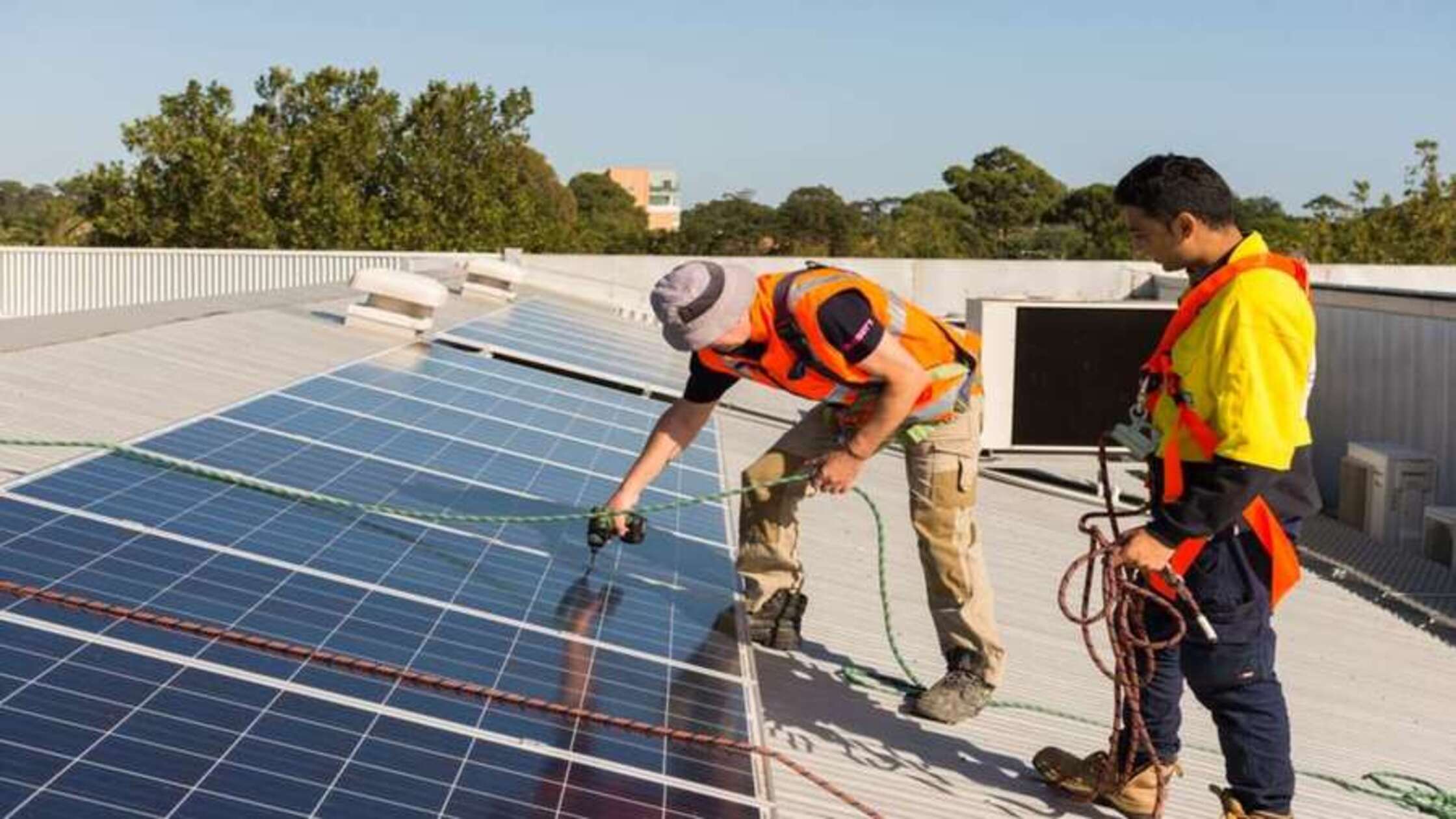When the Sun Disappears, So Does the Power: The Rainy Day Solar Mystery
It’s one of the most frustrating things for solar homeowners: the moment rain hits the roof, the solar system suddenly trips and shuts down. On dry days, it runs perfectly fine, but during wet weather, it gives up.
You’re not alone. Across forums and field reports, installers and users alike have observed the same issue: solar systems that trip or shut down during rain. The culprit? A complex mix of moisture, insulation integrity, and the system’s protective circuitry, all doing exactly what they’re designed to do, but under imperfect conditions.
Let’s break down what really happens when moisture meets your solar setup, and how to keep your system safe, stable, and efficient even through the heaviest downpour.
1. Moisture and Leakage Currents
Rain introduces more than just water, it introduces conductivity. When moisture seeps into panels, connectors, or cables with worn or compromised insulation, it can create leakage currents - small but significant electrical flows that stray from their intended paths.
Safety devices like Residual Current Devices (RCDs) or Residual Current Circuit Breakers (RCCBs) detect these currents instantly. Their job is to protect you from electric shocks or fire hazards, so they cut power as soon as they sense leakage. That’s why your system might trip even when everything “looks” fine, it’s the device doing its job to prevent danger.
Older systems or those exposed to extreme weather often see this problem more, as seals and connectors degrade over time, allowing moisture to sneak in.
2. The Grounding Challenge
Your solar system is grounded for safety, but when rain enters the equation, the earth connection itself can become unstable. Moisture can alter the conductivity of surfaces, from panel frames to roof structures, leading to momentary earth faults.
This causes unpredictable tripping as current pulses travel through partial or intermittent grounding paths. Ensuring a solid, corrosion-free earth connection and cleaning conductive residues from panel surfaces can prevent these false alarms.
3. Capacitance and Common-Mode Leakage
Not all tripping is due to direct faults. Some are the result of capacitive effects, where the solar array behaves like a giant capacitor.
When panels are mounted on metal roofs or large frames, they form a coupling with the earth. Moisture increases that capacitance, allowing common-mode leakage currents to flow more easily. On rainy or humid days, these currents can exceed what sensitive RCDs tolerate, even without an actual fault.
In large systems, this is a common and well-documented phenomenon. Mitigation options include using transformer-based inverters or adjusting protection thresholds to accommodate expected leakage.
4. Insulation Damage and Faulty Connectors
Rainy-day tripping is frequently traced to insulation breakdown or faulty connectors. A single cracked cable sheath or loose junction behind a panel can let water bridge live and grounded parts, creating a short circuit.
Even connectors hanging too close to a metal frame can cause trouble. Over time, weather exposure can pull moisture into these joints, leading to intermittent ground faults that appear only when wet.
The fix? Careful inspection and maintenance. Replacing worn connectors, resealing junction boxes, and elevating or repositioning cables away from conductive surfaces go a long way toward solving the issue.
5. Panel and System Design
Solar panels are rated for outdoor use, typically IP65 or IP67, meaning they can handle rain and dust. But like any system, they rely on proper workmanship and upkeep. If sealing or installation quality falls short, even a weatherproof panel can develop leaks over time.
Another technical consideration is the RCD sensitivity. Some inverters are connected to highly sensitive 30mA RCDs, which may trip too easily under wet conditions. Experts often recommend using higher-rated RCDs (100mA or 300mA) for solar branches, or isolating the inverter on its own RCBO (Residual Current Breaker with Over-Current Protection). This reduces nuisance trips while keeping the rest of your home protected.
Final Thoughts
Rain shouldn’t mean power loss. When a solar system trips during wet weather, it’s usually not a mystery, it’s physics, protection, and prevention all working together (or sometimes, not quite perfectly).
By understanding the root causes, from moisture intrusion to capacitive leakage, and maintaining strong system integrity, you can ensure your solar setup runs reliably through every season.
A little waterproofing and care go a long way. After all, sunshine may power your home, but resilience keeps it running, rain or shine.



















